
At a recent training course I attended, it was confirmed what I always try to practice – having each section of the SDS be consistent with the other. What does that mean exactly?
Let’s have a look at a few examples:
Section 2 – Hazards Identification
We know this is where we will find the classification of the product. For purpose of my example(s), let give this product the following classification:
Corrosive to Metals, Category 1
Skin Corrosion/Irritation, Category 1
Eye Irritation, Category 1
So we know the product is Corrosive to Metals. This means that when it touches a metal, generally it will corrode it, forming toxic gases. Skin Corrosion will cause severe burns. Eye Damage will cause severe burns and possible permanent damage.
Remember that as we go forward.
Moving onto Section 4 – First Aid Measures
In this section, we need to think about the fact that our product causes chemical burns. In our response statements, we need to indicate “Immediate medical attention” using the same urgency as the phrases used in the Section 2 precautionary phrases. In the Acute and Chronic area, we need to repeat the fact that the product causes chemical burns to the skin and eyes. Finally, in the Immediate medical attention section, we need to advise responders that again, Immediate medical attention is necessary.
Section 5 – Fire Fighting Measures
In this section, we will mirror some of the physical hazard classifications. In our example, Corrosive to Metals, we know that contact with metals will give off toxic gases, we need to advise the emergency responders in a few sections. Also, it is very likely that acids/bases and water will react. We need to ensure that responders know NOT to use water to stop the fire, and provide other safe extinguishing methods.
Section 7 – Handling and Storage
In this section we want to ensure we are using the same precautionary phrases as Section 2. In Handling, phrases like Do not breathe mist, Wash thoroughly after handling, Wear protective gloves/clothing and Eye/face protection and Keep only in original container. In Storage, we want to mention Store in corrosion-resistant packaging. All phrases that were previously used.
Section 10 – Stability and Reactivity
In this section we will want to mention that the product is Corrosive to Metals, and contact with metals will give off toxic gases.
Finally, Section 11 – Toxicological Information
This section is all about the health hazards, Skin Corrosion and Eye Damage. Ensure you are repeating the phrases from the hazard statements, but also add as much symptomatic information as possible, very similar to Section 4.
Although I have not discussed all of the sections, I think you have a good understanding of what is required. Consistency is one of the big things that inspectors will look for on an SDS. Inconsistency will certainly draw a “red-flag”.
Have a look at your SDS. Is it consistent? If not, give us a call, we would be happy to prepare it for you.
Stay up to date and sign up for our newsletter!
We have all the products, services and training you need to ensure your staff is properly trained and informed.
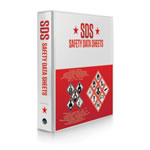 Safety Data Sheet (SDS) Services |
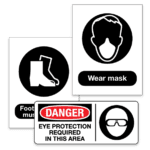 Personal Protection (Safety) Signs |
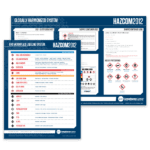 GHS (Workplace) Posters & Charts |

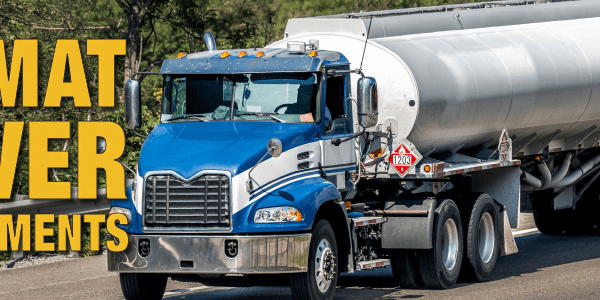
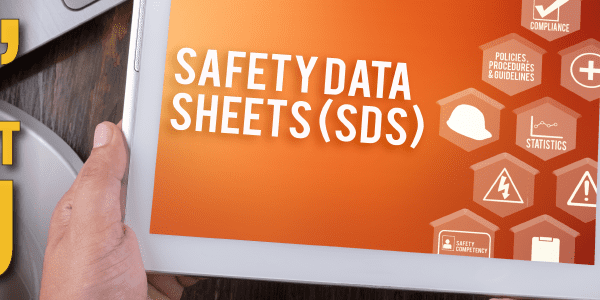



 ICC USA
ICC USA ICC Canada
ICC Canada